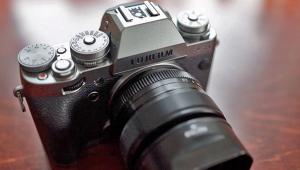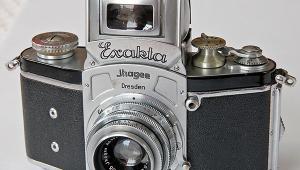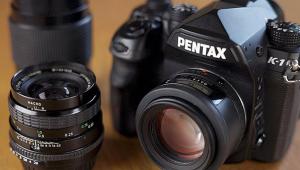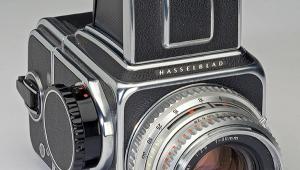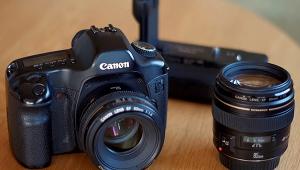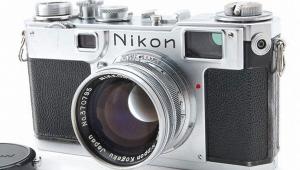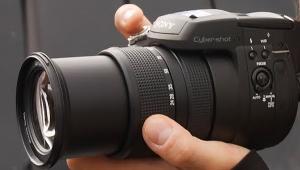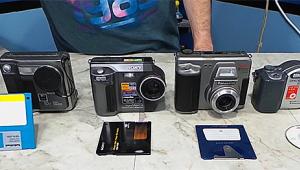Classic Cameras
The Linhof Kardan Color 45s
An "Economy" Monorail Classic
The first large format monorail cameras appeared on the market in the late 1940s and early '50s from European manufacturers like Linhof and Sinar. Linhof's first monorail, the original Kardan, was released in '52, the same year the German company moved into worldwide distribution.
Monorails were quickly adopted by studio and architectural photographers who found the new designs to be more flexible and versatile than the traditional flat-bed cameras available at the time. The independently articulated front and rear standards of the monorails offered a wider range of movements for the perspective control needed for architectural work as well as the depth of field and close focusing ability needed for studio photography. Additionally, the new designs were adaptable to a wide range of lens focal lengths from extreme wide angle to very long telephoto and offered users an option to convert to larger formats when needed by simply adding a new back and bellows.
 |
|
|
By the early '60s monorails had proven so popular with working professional photographers that several new companies, such as Calumet and Orbit, entered the market with designs offering all the basic features of the European cameras at a much lower cost. While the low cost cameras sacrificed adaptability and precision in comparison to their predecessors, they found a ready market with photographers more than willing to trade off features for a price that was 70 or 80 percent below the top of the line models.
Linhof responded to this competitive threat in the early '60s by releasing an "economy" monorail, the Kardan Color 45s. While still priced well above the Calumet and Orbit models, Linhof found that buyers were willing to pay more for the additional features offered by the Kardan Color 45s, particularly when the new camera came with Linhof's well earned reputation for building precision cameras that also happened to be rugged enough to stand up to years of professional use.
Looking at a Kardan Color 45s today, its origins as an "economy" monorail are hard, if not impossible, to see. Unlike the stamped metal construction of the low cost competitors, the front and rear standards of the 45s ride on finely machined dovetails and the camera movements lock solidly with only light finger pressure applied to the knobs. The finish of all metal parts is smooth and flawless and the attractive combination of the aluminum tubular rail with the beige and black standards is typical of classic Linhofs of the late '50s and early '60s.
From a functional point of view, the camera offers an impressive set of features for a monorail, economy or otherwise. Front and rear standards tilt through the optical axis and are limited only by the bellows. The interchangeable bellows was a feature not available on the low cost competitors and added to the value of the Linhof to potential buyers. Lensboards are the same 162mm square units that continue in production to the present day and are available in flat or recessed versions, pre-drilled for the popular shutter sizes. Lenses down to a 90mm wide angle can be used on the flat boards and lenses as short as 65mm can be used with a recessed lensboard.
Linhof's top of the line camera at the time, the Kardan B, offered two additional features not available on the Kardan 45s. The Kardan B allowed for tilts on both the optical and base axis and was able to convert up to 5x7 or 8x10 formats by changing out the rear standard and bellows. While limited in only having optical tilts and a maximum format size of 4x5, the 45s was available to photographers for less than half the Kardan B's price.
- Log in or register to post comments
